
London St Pancras Highspeed (LSPH) has announced an investment of just over £300 million for High Speed 1 asset renewal work over the next five years, covering its Control Period 4 (CP4) which runs until March 2030.

London St Pancras Highspeed (LSPH) has announced an investment of just over £300 million for High Speed 1 asset renewal work over the next five years, covering its Control Period 4 (CP4) which runs until March 2030.
However, £240m of that investment is managed via Network Rail High Speed (NRHS). Whilst NRHS follow public sector procurement procedures, the workbank leaves an estimated £80m of the £240m still to be procured by NRHS over the remaining five-year period.
LSPH, which owns the High Speed 1 route from London to the Channel Tunnel, does not directly manage the majority of renewals work as part of its CP4 settlement, owing to a long-standing contract with NRHS, with the value of the final workbank determined by the Office of Rail and Road.
However, in 2022 concerns had been raised over both LSPH’s and NRHS’s delivery of planned renewals on HS1 during the previous control period (CP3).
At the time, ORR said that it did not “have adequate assurances”.
In its 2023 annual report, it added: “ORR has not been provided with clear evidence to assure it of the capability of Network Rail High Speed to accurately assess the current condition of its asset portfolio and to deliver the asset renewal programme.”
At the time, ORR requested that NRHS produce a recovery plan to make up the shortfall in asset renewal.
Further to this, in its most recent annual report in 2024, ORR said it had concerns over long-term planning and NRHS’s capability for completing asset renewals at stations, although it did say progress had been made by LSPH regarding its asset renewal programme during this period.
However, some suppliers have felt frozen out, with a source telling RAIL that “because of the age of the line, there is not much asset renewal work on offer, which means that maintenance makes the bulk of the contract and that’s now mostly out of reach”.
Almost half of the £240m NRHS contract has been swallowed up parent company Network Rail. It confirmed that £100m has been ringfenced and not opened up to the market, with NR only intending to use sub-contractors where “specialist skills are needed, or it is more efficient”.
The new LSPH CP4 contract has added to growing industry frustration with the wider national Control Period 7 delivery (CP7, April 2024-March 2029). Earlier this year, several companies blamed project delays for lower-than-expected profits.
“It has been a struggle to get work under way and keep the pipeline active, so it is frustrating and a bit of a blow. The industry didn’t really need it,” the source added.
Network Rail has blamed the slowdown during the first year of CP7 on unprecedented levels of inflation, telling RAIL that in some sectors it had risen by nearly 45% over the period within the supply chain. This has contributed to rising quotes and subsequent costs.
NR also revealed that it had overspent during the final year of CP6, making it more difficult when looking at spend within the first year of CP7. Network Rail Chief Executive Sir Andrew Haines recently told RAIL that he “expected year two to run smoother”.
LSPH held an industry event at Ebbsfleet International station on April 28, in collaboration with the Railway Industry Association, to highlight the opportunities which it insists are still available to suppliers.
Attendees included many of the largest rail and construction companies, as well as smaller suppliers. They learned that suppliers had already been chosen for some projects within CP4, although it is unclear whether or not open tenders had been conducted for those projects.
LSPH highlighted that some opportunities still existed, confirming that power supply, control systems, and smaller rail plant contracts were to be awarded.
A spokesperson for LSPH said: “The event was designed to help suppliers better understand the pipeline of renewals work and long-term opportunities available across the network.
“Some of the active procurements that were discussed at the event included buildings and civils framework, uninterrupted power supply, maintenance and renewal of lifts, escalators and travelators, CCTV cameras for routes, motorised section switches and cross-passage doors.”
An overview of enhancement projects that LSPH is intending to get under way over the next five years was also presented. This included European Rail Traffic Management Systems (ERTMS) resignalling and potential work for a new operator at London St Pancras station.
Login to continue reading
Or register with RAIL to keep up-to-date with the latest news, insight and opinion.

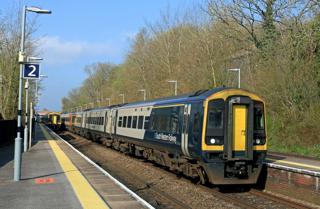
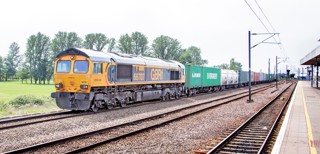
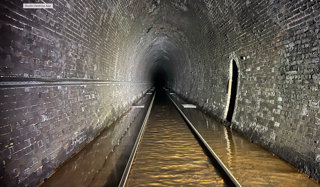

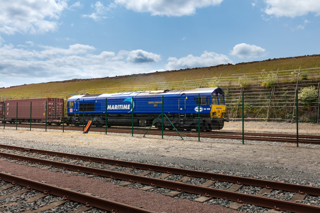

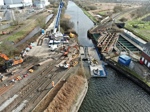









Login to comment
Comments
No comments have been made yet.